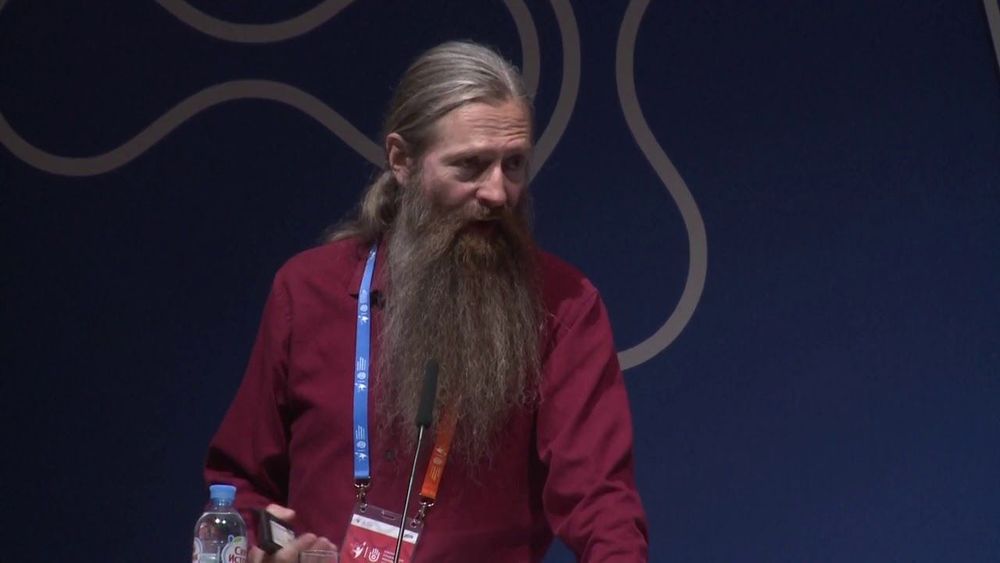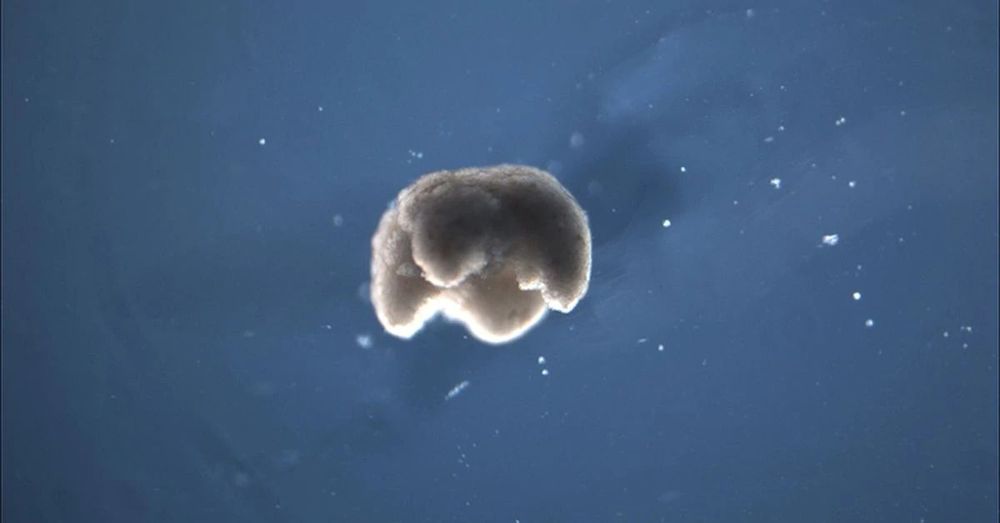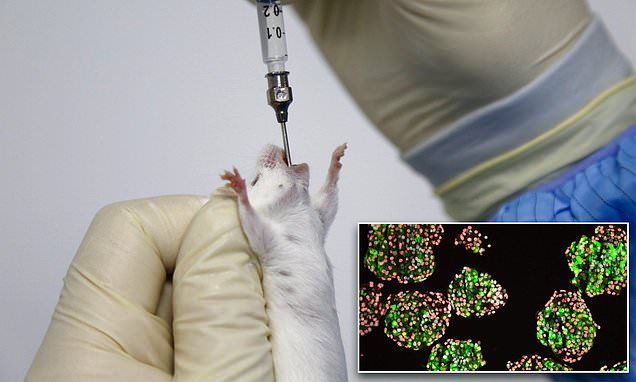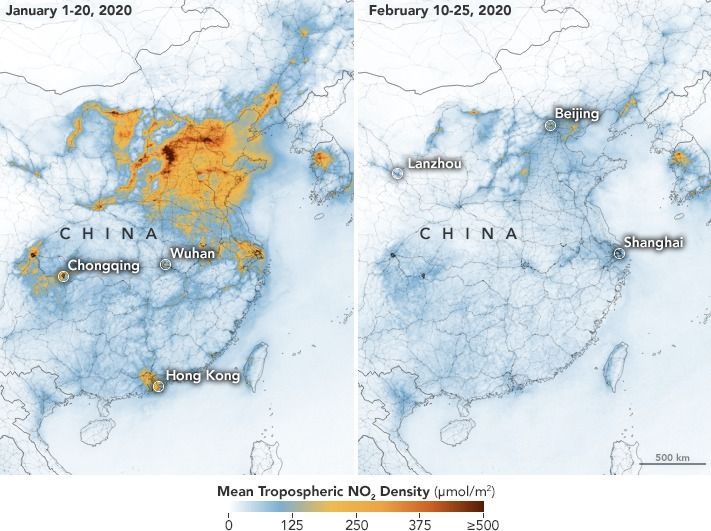NASA has contracted SpaceX to carry out the launch for its upcoming Psyche mission to a strange metal asteroid in our solar system. The launch will use one of SpaceX’s Falcon Heavy rockets, for a cost of $117 million.
“The Psyche mission will journey to a unique metal-rich asteroid, also named Psyche, which orbits the Sun between Mars and Jupiter,” NASA explained in a statement. “The asteroid is considered unique, as it appears to largely be made of the exposed nickel-iron core of an early planet — one of the building blocks of our solar system.” Astronomers believe that studying this unusual asteroid could help us to understand how planets develop, including planets like Earth.
“Deep within rocky, terrestrial planets, including Earth, scientists infer the presence of metallic cores, but these lie unreachably far below the planet’s rocky mantles and crusts,” NASA said. “Because we cannot see or measure Earth’s core directly, the mission to Psyche offers a unique window into the violent history of collisions and accretion that created terrestrial planets.”









